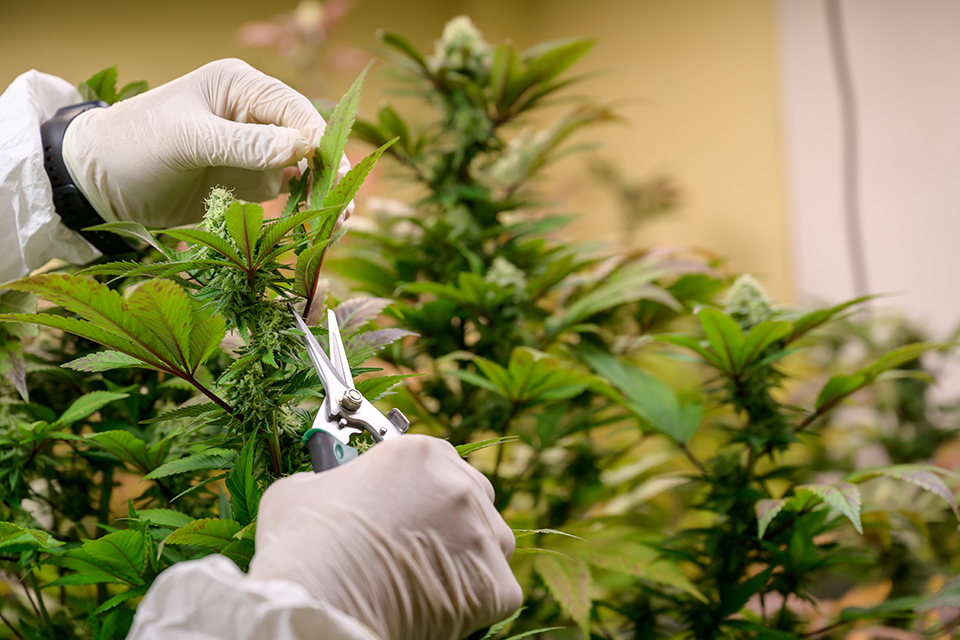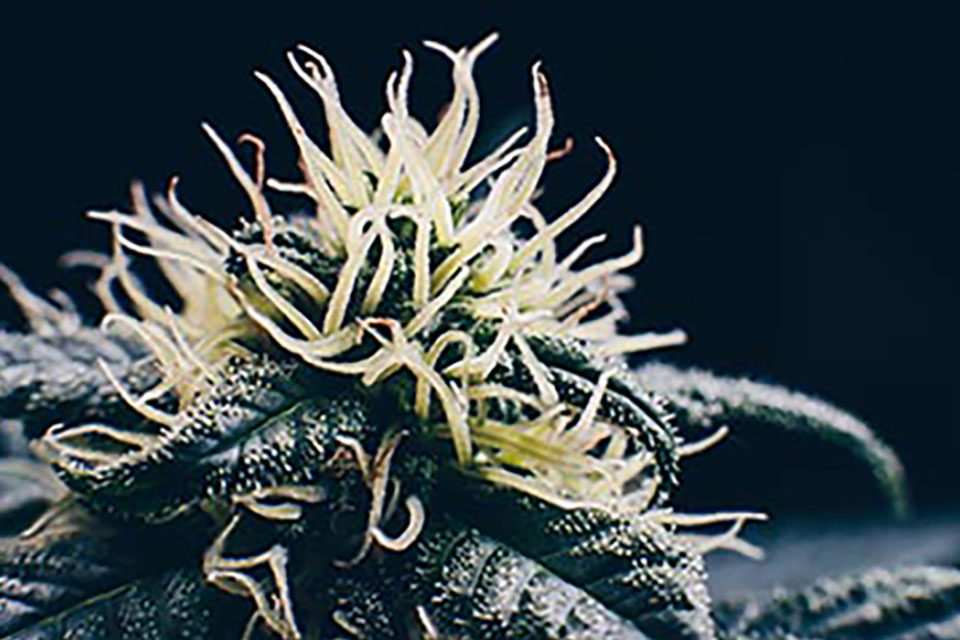
Growing cannabis requires attention to detail, and one of the most effective techniques for improving plant health and yield is defoliation. But what is cannabis defoliation, and how can it benefit your plants?
Defoliation is the strategic removal of leaves to improve airflow, light exposure, and overall bud development. When done correctly, it helps cannabis plants focus their energy on growing denser, more potent flowers. However, improper defoliation can stress plants and reduce yields.
Knowing when, why, and how to defoliate cannabis plants helps growers refine their cultivation techniques, leading to healthier plants and increased yields.
What Is Cannabis Defoliation?
Cannabis defoliation is the process of removing select leaves to improve plant growth conditions. It’s useful in indoor growing setups, where light penetration and airflow directly impact bud quality.
Benefits of Defoliation:
- Improves light exposure by allowing lower bud sites to receive more light, promoting even growth.
- Enhances airflow to reduce humidity buildup and lower the risk of mold and pests.
- Encourages larger buds by redirecting the plant’s energy to flower production.
- Prevents overcrowding and reduces nutrient competition between leaves and buds.
Defoliation enhances the plant’s overall health and yield potential when timed and executed correctly.
When to Defoliate Cannabis Plants
Defoliation should be done strategically to avoid plant stress and maximize results.
Best times for defoliation:
- Late Vegetative Stage (Week 4-6): Removing excess leaves before flowering helps the plant focus on strong bud development.
- Early Flowering Stage (Weeks 1-3): Light defoliation improves bud site exposure and airflow as plants begin to stretch.
When to avoid defoliation:
- Late Flowering: Removing leaves at this stage can stress the plant and reduce resin production.
- On Weak or Unhealthy Plants: Defoliation should only be performed on vigorous, resilient plants that can handle the stress.
Strategic timing ensures defoliation strengthens plant growth instead of stunting it.
How to Defoliate Cannabis Plants
Defoliating cannabis requires a careful touch. The goal is to help your plant direct energy where it counts. Removing unnecessary foliage redirects energy to bud growth, leading to a more productive harvest.
Step 1: Prepare Your Plants and Work Area
- Ensure plants are healthy and well-hydrated before defoliation.
- Sterilize pruning tools to prevent infection.
- Work in a well-lit, clean space to identify weak or unnecessary leaves easily.
Step 2: Identify Which Leaves to Remove
- Lower fan leaves that block airflow and light without contributing to bud growth.
- Overlapping leaves that are crowding the canopy and limiting light penetration.
- Yellowing or weak leaves that take energy away from the plant without providing benefits.
Step 3: Remove Leaves Carefully
- Use sharp, sterilized pruning shears to make clean cuts near the main stem.
- Avoid removing more than 25% of leaves at once to prevent stress.
- Allow time for the plant to recover before making additional adjustments.
Tools and Techniques for Effective Defoliation
Applying the proper tools and methods will help you perform defoliation efficiently and safely.
Essential tools:
- Sharp pruning shears for precise cuts.
- Gloves to protect hands from sticky resin buildup.
- Isopropyl alcohol for sterilizing tools between cuts.
Techniques for minimal plant stress:
- Make clean cuts to promote faster healing.
- Defoliate leaves gradually to avoid shocking the plant.
- Monitor plant response and pause defoliation if signs of stress appear.
Potential Risks and How to Avoid Them
Defoliation is an effective technique, but removing too many leaves at once can shock the plant, disrupt photosynthesis, and stunt development. To avoid setbacks, take a measured approach and follow best practices.
Common risks:
- Over-defoliation weakens the plant’s ability to photosynthesize.
- Removing healthy fan leaves too early deprives the plant of essential nutrients.
- Cutting too close to bud sites can damage the developing flowers.
How to avoid mistakes:
- Never remove more than 25% of the plant’s foliage at a time.
- Allow 7-10 days between defoliation sessions for proper recovery.
- Check plant health before defoliating, as weak plants may struggle to recover.
- Always sterilize tools with isopropyl alcohol before and after use to prevent infections.
By carefully managing defoliation, growers can promote better airflow, light penetration, and overall plant health without risking growth setbacks.
Best Practices for Successful Defoliation
Even experienced growers refine their defoliation techniques over time. Following these practices increases the chances of success.
- Monitor plant response and adjust defoliation as needed.
- Ensure proper spacing to maintain airflow and light penetration.
- Pair defoliation with plant training techniques like low-stress training (LST) for better canopy control.
- Feed plants properly after defoliation to support new growth.
Cannabis growers can boost yields while maintaining plant health by following these guidelines.
Mastering Cannabis Defoliation for Healthier Plants
Defoliation is a powerful tool for growers looking to enhance light penetration, airflow, and bud development. However, knowing when and how to defoliate is crucial to avoid stress and maximize plant potential. Growers can fine-tune their defoliation techniques with practice and patience, ensuring stronger, healthier plants that yield bigger, denser buds. Growers can cultivate thriving cannabis plants and achieve higher-quality harvests by applying proven defoliation techniques.



